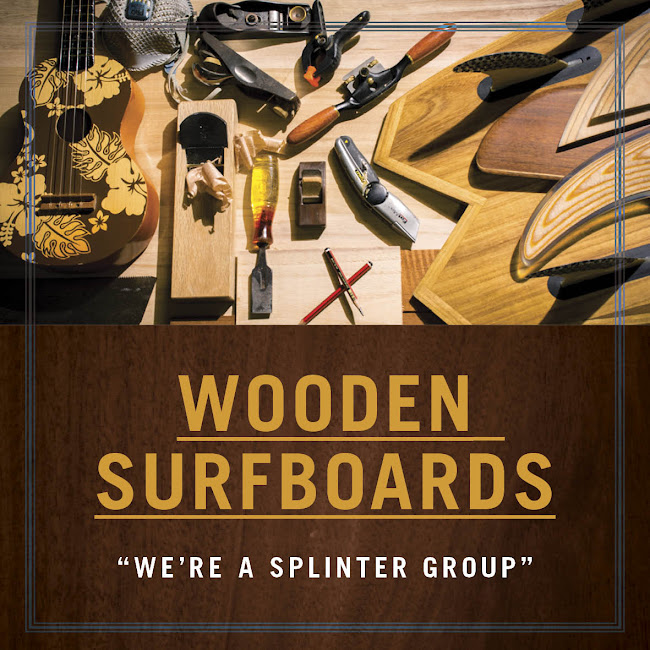I get lots of people emailing and asking questions about building wooden
boards and that is great. There are many ways of building wooden boards
and there are no right and wrong ways of doing it. Seeking advice is
great but in the end you need to get down to it and just do it.I find
that on forums there are more negative comments than helpful comments to
help people out.And some I would say come from people who have done
very little experimenting and it is all theory and hearsay.You are also
likely to come across people who know everything, which is interesting.
Sorry, just my experience.
One question I get asked alot about my use of lanolin on Paulownia and how it works.
I have built many boards with Paulownia and a lanolin finish. Paulownia
grows very fast and straight so has a very long grain and if it gets a
hit it will absorb the impact very well. If it dents you can use a
stream iron and and a damp tea towel and it will swell out again. I have done it many times. If you look after your board you will find that it will look like new for a very long time.
 |
| Just paint it on and leave it out in the sun to soak up. You will know when it won't take up any more. When it stops being sticky apply some more. No need for wax. |
The
Linseed oils and nut oils people use are vegetable and plant based oils that feel
slippery when applied ( which people find appealing ) and if you wash the board in fresh water then a grey mould can
grow in the soft grain of the wood. Where as Lanolin is an animal product and so it will not grow mould. It has a natural wax in it that
makes it waterproof and when it hits salt water you will not need to wax the board. If you soak plenty of it into the timber it will
seal and nourish the wood. Yes it is raw wood and like any furniture
it will need to be treated right and looked after.You are not making a
white foam surfboard as a piece of disposable sports equipment. Because your board is finished in raw wood with oil you will need to look after it. Don't wash it in fresh water ever. When you get it out of the surf , just wipe it down with a towel and let it air dry. Store it in a breathable cloth bag. Not a plastic / vinyl padded bag as it will stew in the heat if there is any moisture. Any raw timber will not fair well in these conditions. The moisture and heat will soften and break down the structure of the wood.
 |
| 4 years old and surfed regularly in New Zealand. Still going strong in the UK now. |
If you
are are building a hollow framed board you will need to be sure to have
good glue joints as the oil will not fill bad glue joints. Also the
skins will need to be thick enough and strong enough to do the job.You
may want to be safe the first time and seal the under side of the skins
with a coat of epoxy or varnish.
I use :
lanotec.com.au they are a great local Australian company. I use their General Purpose Lanolin.
I have found that when using polyurethane glue and vacuum bagging skins
onto EPS that as the glue foams and goes off it is forced in between the
beads of the ESP. This depending on the grade of EPS can be up to 30mm
deep. This in turn toughens the EPS and seals the structure under the
wood.All positive things. I know this from cutting up boards to rout fin
boxes in and cutting shapes into the tails and adding nose blocks.
With all these things you need to experiment and find a method you are
happy with and a result you are happy with. It takes time and you may
have failures but that is how you learn. That is the exciting part. You
will learn a lot. If you change one component you can change the
outcome. Human nature being what it is you will more than likely to
overbuild your first attempt. We have all done that.You can think about
it as much as you like , but at some stage you have to give it a go.
Let me know how you go.




























No comments:
Post a Comment